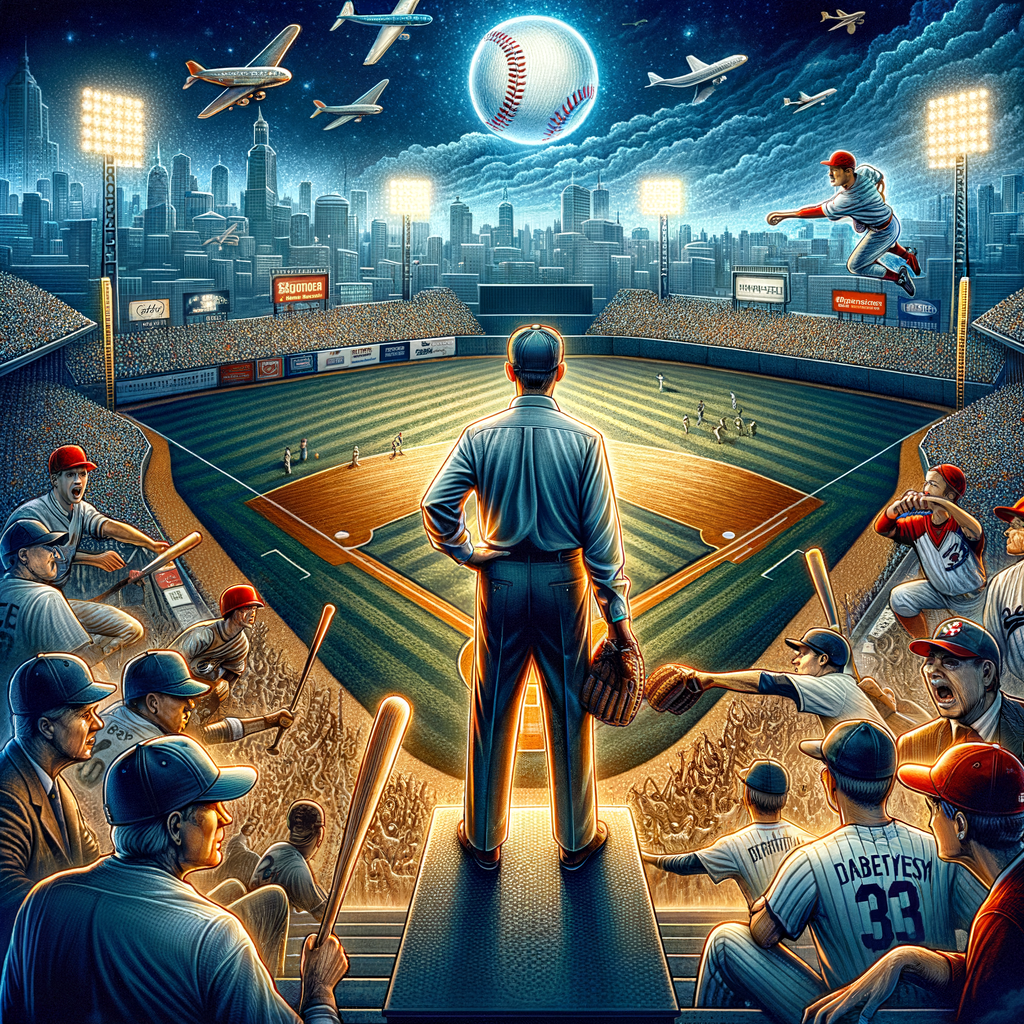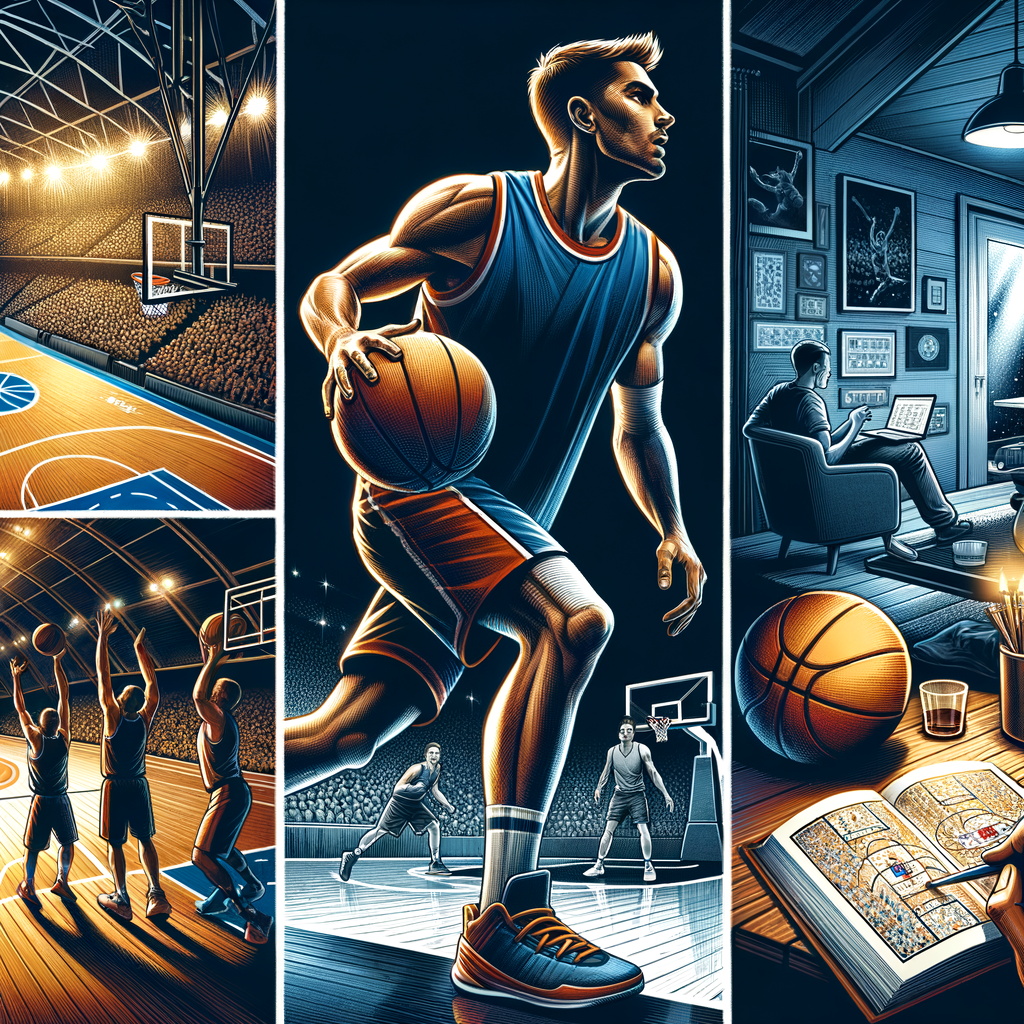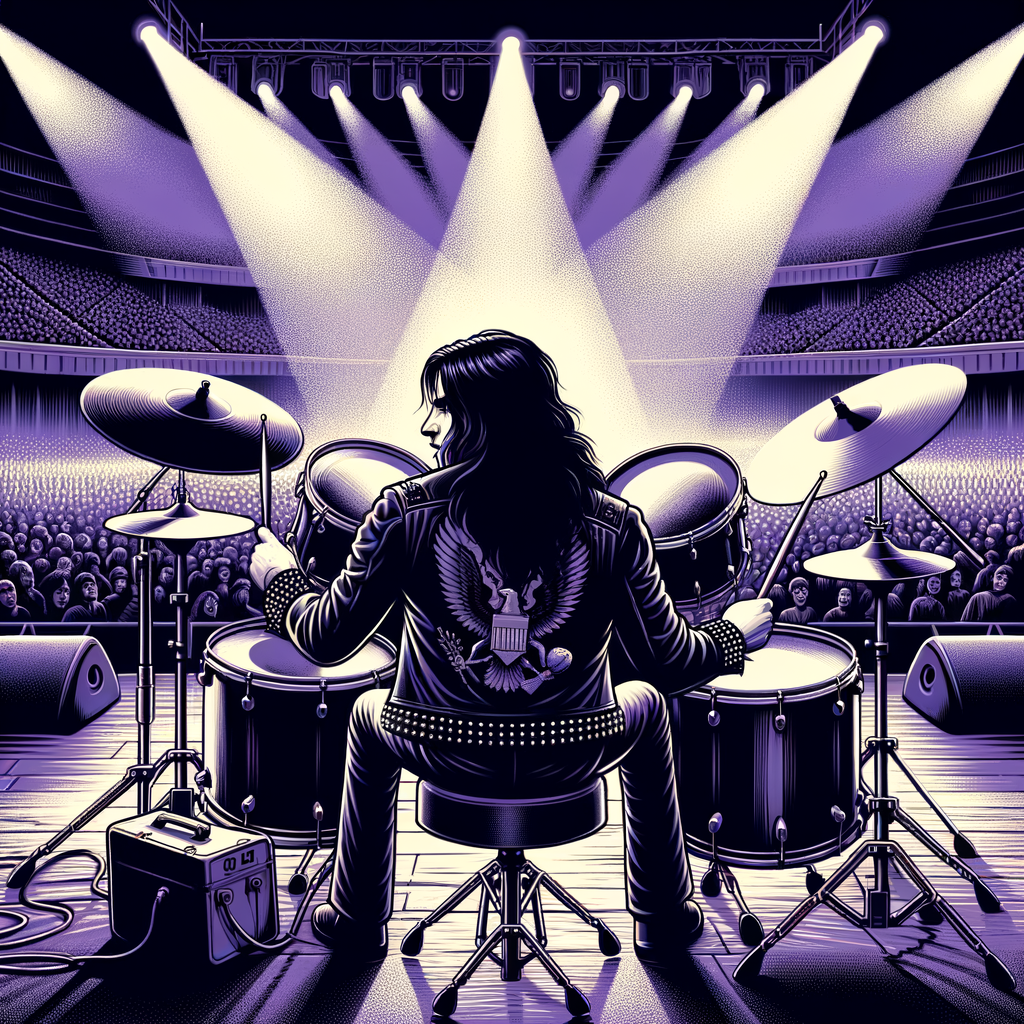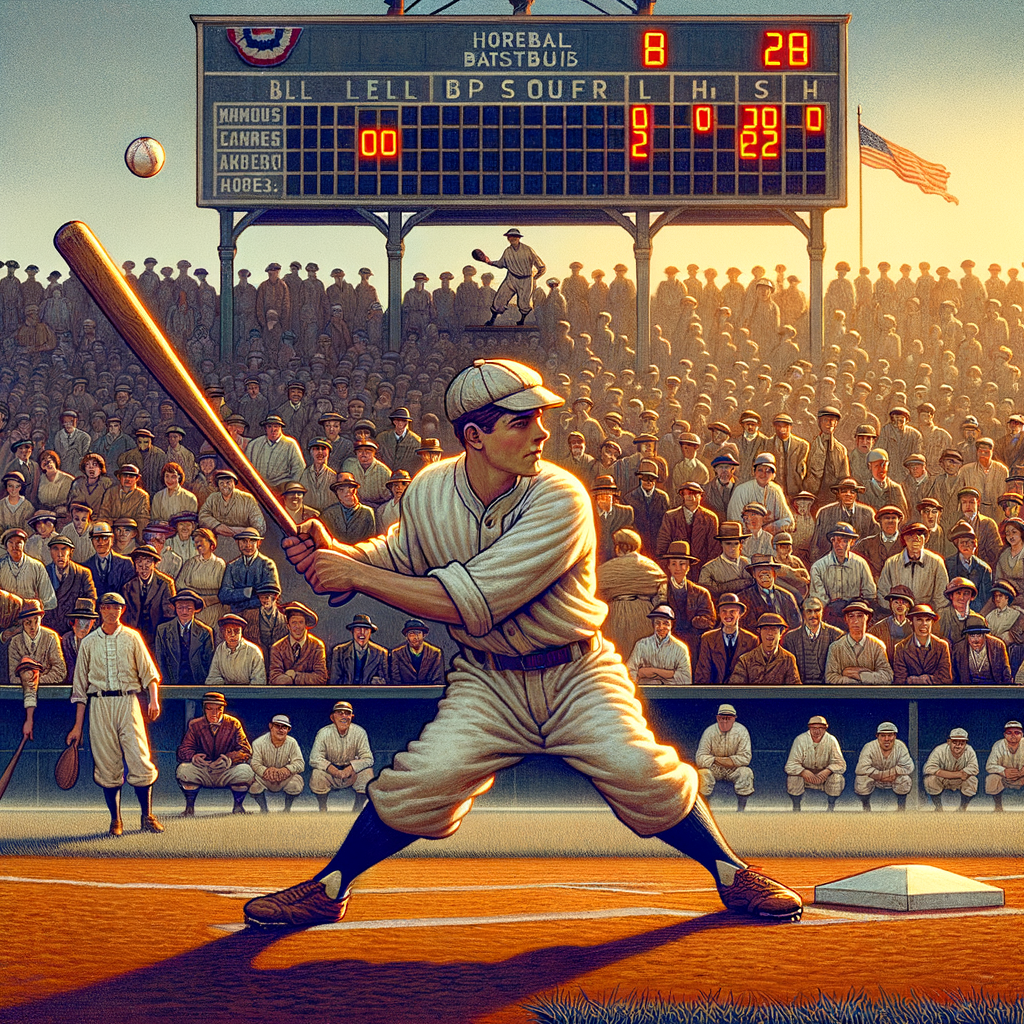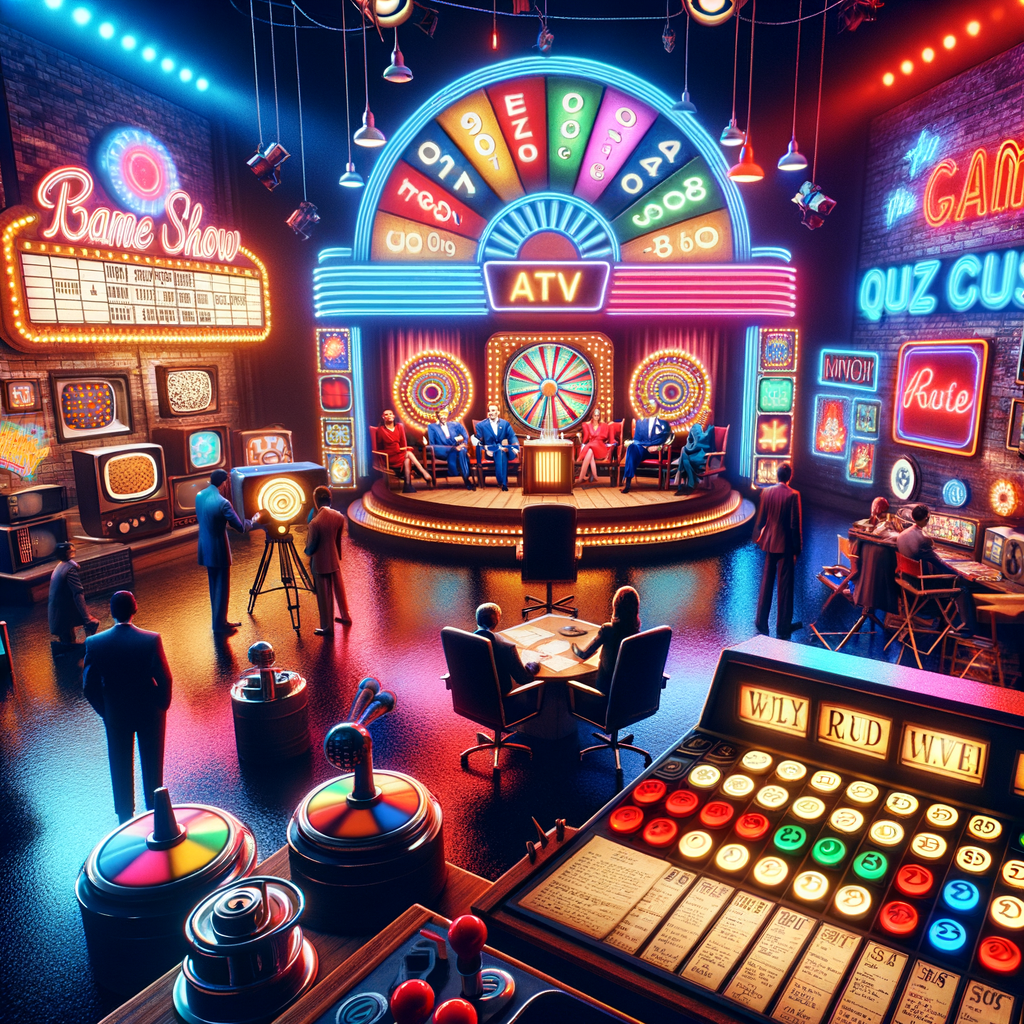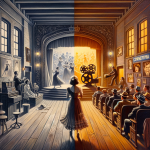Now Reading: Dave Barry: A Journey Through Comedy and Impressionism
-
01
Dave Barry: A Journey Through Comedy and Impressionism
Dave Barry: A Journey Through Comedy and Impressionism
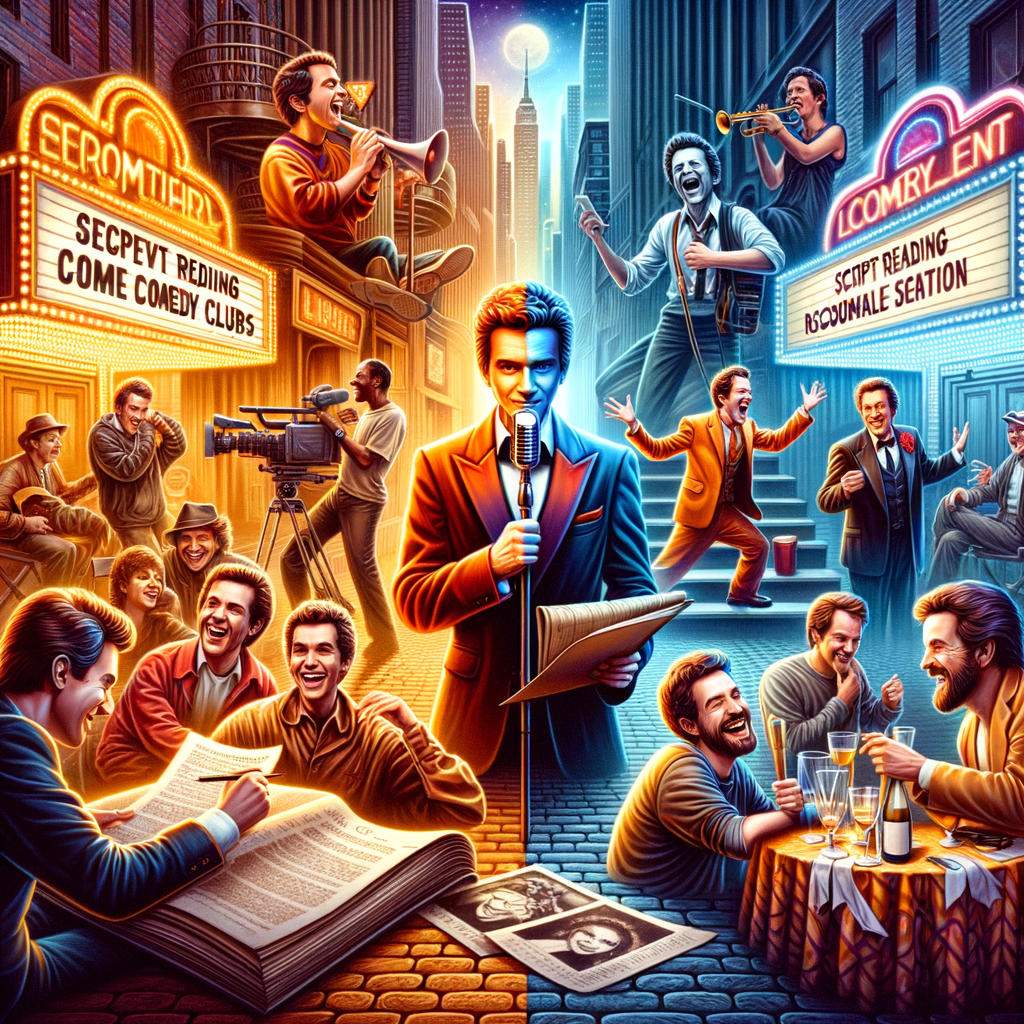
Dave Barry: A Journey Through Comedy and Impressionism
The world of entertainment has been graced by numerous talented individuals, but few have captured the hearts of audiences quite like Dave Barry. From his roots in Brooklyn, New York, to his ascent as a notable stand-up comedian, actor, and cartoon voice actor, Barry’s journey is one worth exploring.
Early Life and Background
Born as David Louis Siegel in Brooklyn, New York, Dave Barry’s early life laid the foundation for his vibrant career in comedy. Growing up in a lively urban environment, he was exposed to diverse cultures and humor styles that would later influence his comedic voice.
Childhood Interests
From a young age, Barry was fascinated by the performing arts. His varied interests included:
- Improv comedy: Barry found joy in spontaneous humor and wordplay.
- Cartoons: His affinity for cartoons steered him towards voice acting in later years.
- Theatre: Early involvement in local theatre sparked his passion for performance.
Career Breakthrough
Barry’s career began to take shape after he moved into the world of stand-up comedy. With a unique blend of observational humor and storytelling, he quickly carved out a niche for himself in the comedy scene.
Barry’s career began when, still in his teens, he appeared on radio’s long-running talent series Major Bowe’s Original Amateur Hour. He gained further experience on the Borscht Belt, the many Jewish summer camps that dotted the Catskill mountains. Moving to California, he provided comic character voices for many Hollywood-based radio shows before service in the Second World War. Attached to the army’s Special Services Unit he spent the war doing what he did best – entertaining servicemen and women at home and overseas.
Stand-Up Comedy
Dave Barry’s stand-up comedy is characterized by its sharp wit and relatable humor. He draws from personal experiences and everyday observations, making his material appealing to a broad audience. Key highlights include:
- Relatable Themes: He often touches on family life, technology, and societal quirks.
- Live Performances: Barry has performed stand-up across the U.S., becoming a crowd favorite.
- Television Appearances: His humor transcended live performances and ventured into television, where he gained widespread popularity.
He built up a reputation as a stand-up comedian, entertaining troops during his military service in WWII on shows like Command Performance with Mary Pickford in 1942 just a few months after the USA entered the war.
Barry started as a “Borscht Belt” comic in the Catskills while serving in the army during World War II and traveling with the USO along with Bob Hope, Jimmy Durante, Eddie Cantor, Red Skelton and many celebrities of the time.
Voice Acting and Impressionism
In addition to stand-up, Barry’s versatility shines through his work as a voice actor and impressionist. He has lent his voice to various animated characters, further showcasing his comedic range.
Barry also performed on cruise ships, on television and in occasional films. For more than eight years, he worked in support of another Las Vegas favourite, the singer Wayne Newton, confessing: “I’d be foolish not to admit the yearning to experience the misery of being a big star.”
At the end of the 1940s, Barry began also to garner roles in both film and television. He appeared with Marilyn Monroe in the B-movie Ladies of the Chorus (1948). He appeared on The Ed Sullivan Show in the 1950s. He also guest-starred on television series such as 87th Precinct, Green Acres, The Monkees, Get Smart, I Dream of Jeannie, Emergency!, and in his final role as Jack Brice in the 1978 episode High Rollers of Flying High on CBS.
Notable Voice Roles
Some of his most memorable roles include:
- Animated Films: Barry’s voice brought life to beloved characters, making him a staple in animation.
- Television Shows: His impressionist skills allowed him to add a comedic flair to various television programs.
In 1963, Barry was cast as Harry in the episode “Has Anyone Seen Eddie?” of ABC’s Going My Way, with Gene Kelly, an adaptation of the 1944 film of the same name.Barry also had some serious roles for a variety of TV series – playing a gangster kingpin on death row in 87th Precinct (1961), a bookie in a barbershop Going My Way (1962), or as a jewel thief in M Squad (1957).
Although the veteran comedian once admitted, “I’ve never become a major attraction”, one of his few films was voted the best ever American screen comedy. In Billy Wilder’s Some Like It Hot (1959) Barry played Beinstock, the balding, owlish manager of the all-girl band Sweet Sue and her Society Syncopaters. He lived to see his best-known film chosen by 1,500 members of the American Film Institute as the funniest comedy in the history of the cinema.
Conclusion
Dave Barry’s journey through the world of entertainment is a testament to his talent and versatility. From his humble beginnings in Brooklyn to becoming a prominent stand-up comedian and voice actor, Barry continues to entertain audiences with his unique perspective and humor. His story is not just one of success but also an inspiration for aspiring comedians and artists everywhere.
Stay Informed With the Latest & Most Important News
Previous Post
Next Post
-
 01Famous Writers from Brooklyn, New York
01Famous Writers from Brooklyn, New York -
 02A Comprehensive Look at Famous Novelists from Brooklyn, New York
02A Comprehensive Look at Famous Novelists from Brooklyn, New York -
 03The Impactful Journey of Donald Joel Aronow: A Boat Design Pioneer
03The Impactful Journey of Donald Joel Aronow: A Boat Design Pioneer -
 04A Scenic Journey: The Staten Island Ferry from Brooklyn to Manhattan
04A Scenic Journey: The Staten Island Ferry from Brooklyn to Manhattan -
 05Famous Sports Stars from Brooklyn, New York
05Famous Sports Stars from Brooklyn, New York -
 06A Look Back at the 1977 Brooklyn Blackout: Causes and Impacts
06A Look Back at the 1977 Brooklyn Blackout: Causes and Impacts -
 07A Comprehensive Look at Barry Manilow’s Brooklyn Roots
07A Comprehensive Look at Barry Manilow’s Brooklyn Roots

